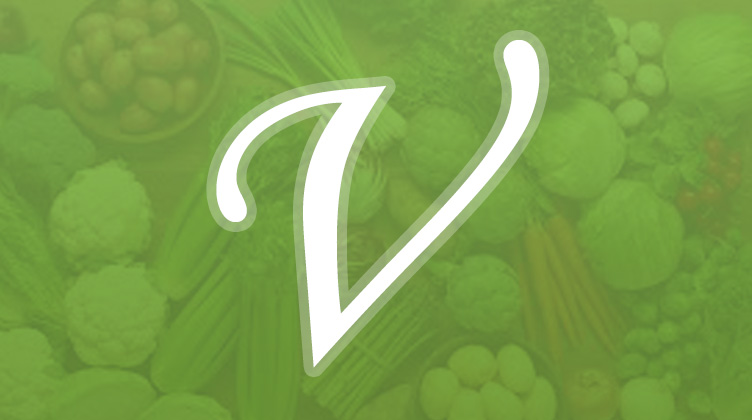Let’s not use the V-words, because they’re tyrants, those words.
We all know them, those V-words, skinny and self-righteous. No meat – sniff! – thank you. And no, not fish or chicken either. Meat is meat. We hear: “If you think fish isn’t meat, ask the fish.” Oh, yes. I’m one of those V-word-folk; I’ve said those things before and will say them again. But we’re not going to use the V-words here. Because using them brings to mind the tyranny of that message, which is: What you’re eating is bad. We are strong and you are weak, the V-words tell us. But we know that message isn’t true, and hearing it makes us shut down and not hear any of the rest of the message.
So we’re not going to use those V-words here. Instead, let’s keep the earways open and take a look at a food path, re-imagined – an achievable food pathway toward your greater health.
Imagine a sliding volume knob, like sound studio producers have on their control panels. But just one: This single sliding control knob is set in front of a virtual plate of food, sort of an American Food plate: There’s a generous serving of meat, perhaps beef, maybe some mashed potatoes, maybe some broccoli or green beans. Maybe a white dinner roll. We look at the slider and we see it’s set toward the 0% end of the scale, so we place a finger on the sliding controller and move it gradually toward the 100% end. As the slider moves, we see the items on the virtual plate of food change: The portions of broccoli or green beans are joined by yellow squash and onion sauté, then maybe some sliced red tomatoes, maybe some steamed cabbage with tahini. The farther we slide the controller to the 100% end of the scale, the more plant-based foods appear on the plate; we also see that as this happens the portion of meat becomes proportionately less. It’s still there, but more as a side dish; the veggies and fruit have become the main event. As we push the sliding controller all the way to that end of the scale, the meat disappears completely and is replaced by whole, plant-based foods.
This is an ideal. But it is not the goal. Not necessarily, anyway.
The truth is that we do arrange our plates, our diets and our overall understanding of food almost exclusively around a very small section of this scale; in terms of the proportion of veggies to meat, we eat the same pretty much all the time. And for the Standard American Diet in the U.S., that sliding controller is firmly toward the 0% end of the scale, with meat dominating the plate as well as our mental landscape every time we think about food.
Can we break free from this? We surely can; our lives belong to us, after all. Should we try to break free? Chances are that we should. But why? Because now tons of research clearly demonstrates dramatic health benefits available with a diet featuring more whole, plant-based foods.
In fact, evidence for a food path featuring these foods is all around us; just look at the V-people as evidence. If we can agree that obesity is linked to poor health, then in your own observations, do the V-folk look like they are less or more inclined to illness? In documentaries like the excellent Forks Over Knives (watch it if you haven’t yet), the virtues of a more plant-based diet are clearly laid out: more vigor, less disease, more life in your life. These are benefits that accrue to us virtually immediately as we begin to incorporate a more plant-centric diet.
And we didn’t have to call anybody one of the V-words.

